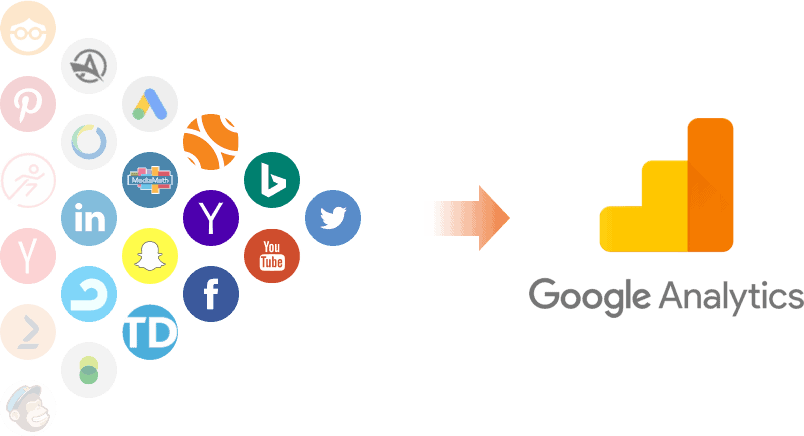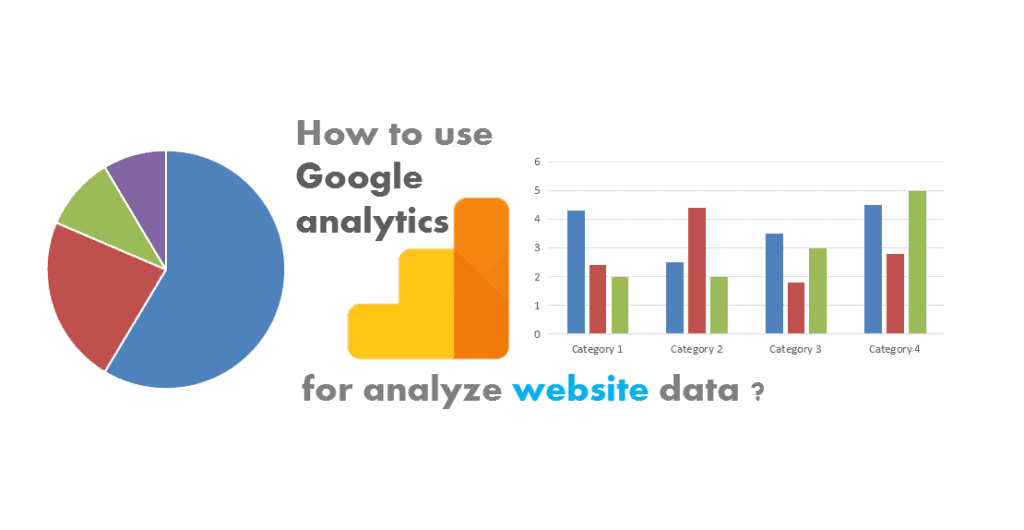Hey, man! Feel like getting elbow-deep in your analytics and really figuring out what happened to all those visits? Today we’re going under the hood for advanced Google Analytics techniques—not for the faint of heart; these are the spork and spatula of analytics. Read on to discover the ninja tricks that can make your traffic really sing!
Leveraging Custom Dimensions for Deeper Insights
Sure, it’s helpful to know about and track the standard analytics metrics, but what if you want your data sliced up in a way that’s 100% specific to your unique business requirements? This is where custom dimensions come in.
What Are Custom Dimensions and Why Should You Care?
Custom dimensions enable you to track specific data points about your users or individual sessions in Google Analytics that it doesn’t track automatically, such as a user’s membership status (an account or not), the author of a blog post, or the difficulty of that content. ‘Such “custom dimensions” open new planes of data that can be crucial to understanding nuanced behaviour on your site,’ writes Optimize Smart.
Implementing Custom Dimensions Step-by-Step
Configuring custom dimensions might seem intimidating at first glance, but it’s not that bad. The broad steps are to create your custom dimensions in Google Analytics, and then you word your tracking code so it can capture those data points.

Mastering Event Tracking to Monitor User Interactions
If the only statistic you’re tracking is pageviews and bounce rates, you need to open your mind up to the massive amount of data that’s actionable. Event tracking shows how users are interacting with your content and what they’re doing beyond loading the page.
Basics of Event Tracking
Event tracking tracks user interaction with an element on your site that does not cause a new pageview (e.g., downloads, mobile ad clicks, gadgets, flash objects, AJAX embedded elements, and more). Learn how to set up event tracking, and you can measure everything from a video view to a button click, as explained by Analytics Mania.
Advanced Event Tracking Techniques
If you want to get really into it, you can add event categories and track what event types correlate most strongly with conversions. On Moz, these are described in depth. You can build the complexity of your event configurations to the point where you have a clearer idea of what users are actually doing than you do of your own immediate plans.
Utilizing Enhanced Ecommerce to Skyrocket Your Sales Insights
By default, Google Analytics includes many tracking features for e-commerce websites so that you can see everything that the visitor does with respect to the item that may cause him or her to purchase something—this is called Enhanced Ecommerce. This data can help your marketing and sales processes significantly.
Why Enhanced Ecommerce?
Enhanced Ecommerce tells you not only how many people are making purchases, but also how many people viewed a product, clicked on it, and even began the checkout process, helping you identify where shoppers are falling out of the funnel and how they are using your product pages. Ecommerce-focused platforms such as BigCommerce stoke their enthusiasm for the metric by stressing how it can lead directly to adjusting user experience and boosting conversion rates.
Setting Up Enhanced Ecommerce Effectively
It’s not terribly taxing to set up Enhanced Ecommerce, but it’s a little tricky. Fortunately, Loves Data walks through the process in a series of steps, from modifying your tracking code to configuring your Google Analytics dashboard reports.

Segmentation: Slicing Your Data for Granular Insights
One of the most powerful features of Google Analytics is the ability to ‘segment’ data, which isolates subsets of your data to analyse more precisely.
Power of Segmentation
You can learn a lot about your business by segmenting it down by traffic source, by behaviour, by demographics, or through the use of custom dimensions in Google Analytics. As Neil Patel writes, ‘By segmenting your traffic, you start hearing those whispering voices that tell you things you need to hear about crucial trends and patterns… Segmentation helps marketers make better decisions for their business.’
Advanced Segmentation Techniques
Figure out how to measure your conditional, sequential and cohort segmentation; these are ways to drill down into your metrics. At Search Engine Watch you can read up on some expert examples of advanced segmentation, which will help you to better target your marketing and continually improve ROI.
Attribution Modeling: Tracing the Path to Conversion
If your customers are communicating with your brand across channels and devices, attribution modelling can answer the question of which ones matter most in helping customers convert.
Understanding Attribution Models
Google Analytics has a few attribution models, ranging from simple last-click models to more detailed or position-based models. According to Hanley, they can help you understand which marketing channels drive conversions – and the best way to do so will depend on your needs and the destination website. A great, detailed guide for understanding attribution models can be found on CXL Institute.
Custom Attribution Models
On the other hand, Google Analytics is set up so that power users who might have an opaque business model can create their own attribution model and track it going forward.
Conclusion
OK, you’re done (or almost done!). Those were a lot of things to remember. But now you’re armed with some of the most powerful methods in Google Analytics, and you’ll only get better at using them the more you try them out – and keep tweaking. Use this new knowledge to dig deeper into your data, dig out some new insights, and make more informed decisions that will take your site in positive new directions!
Excited to learn more about how to harness the power of digital marketing and analytics? Check out SEO tips and content marketing tips to help you fine-tune your digital chops. Keep analysing, keep learning, and let’s keep that traffic growing!

